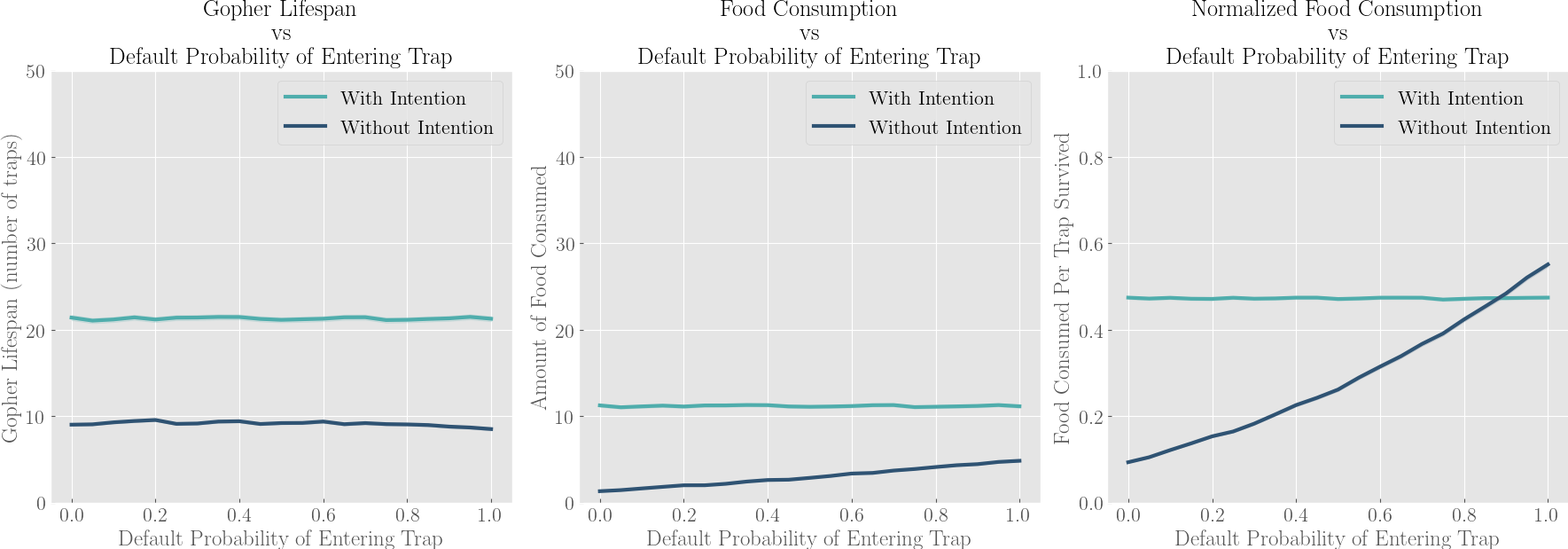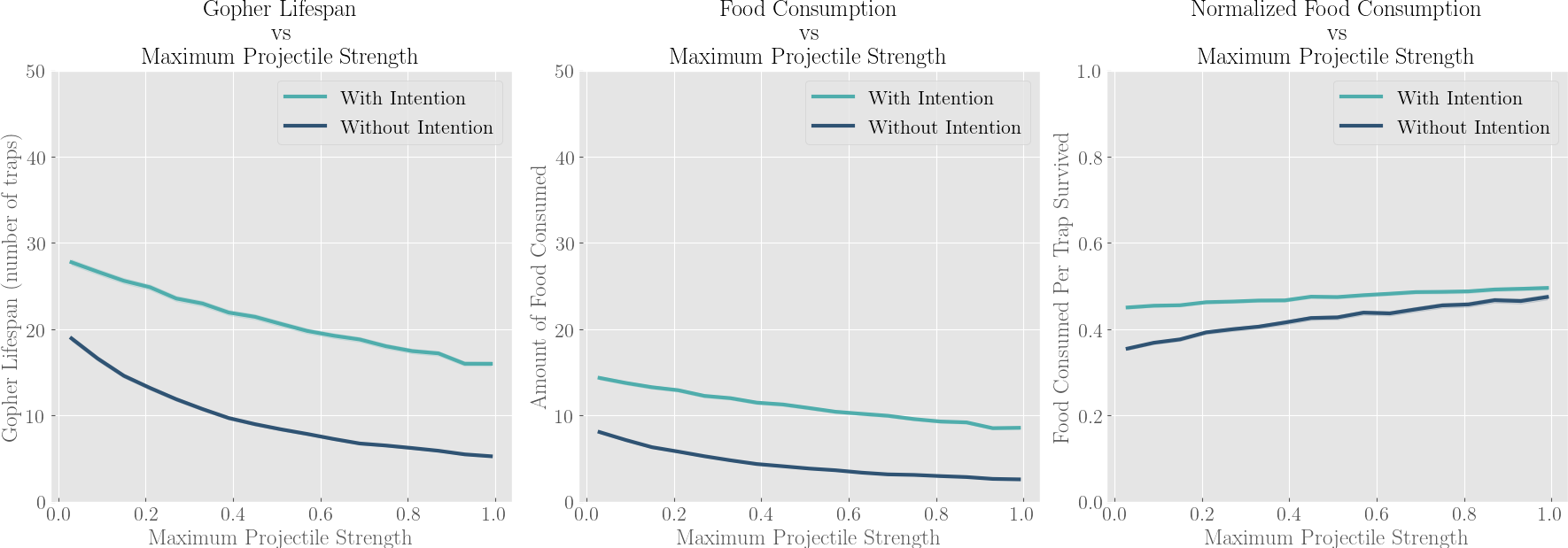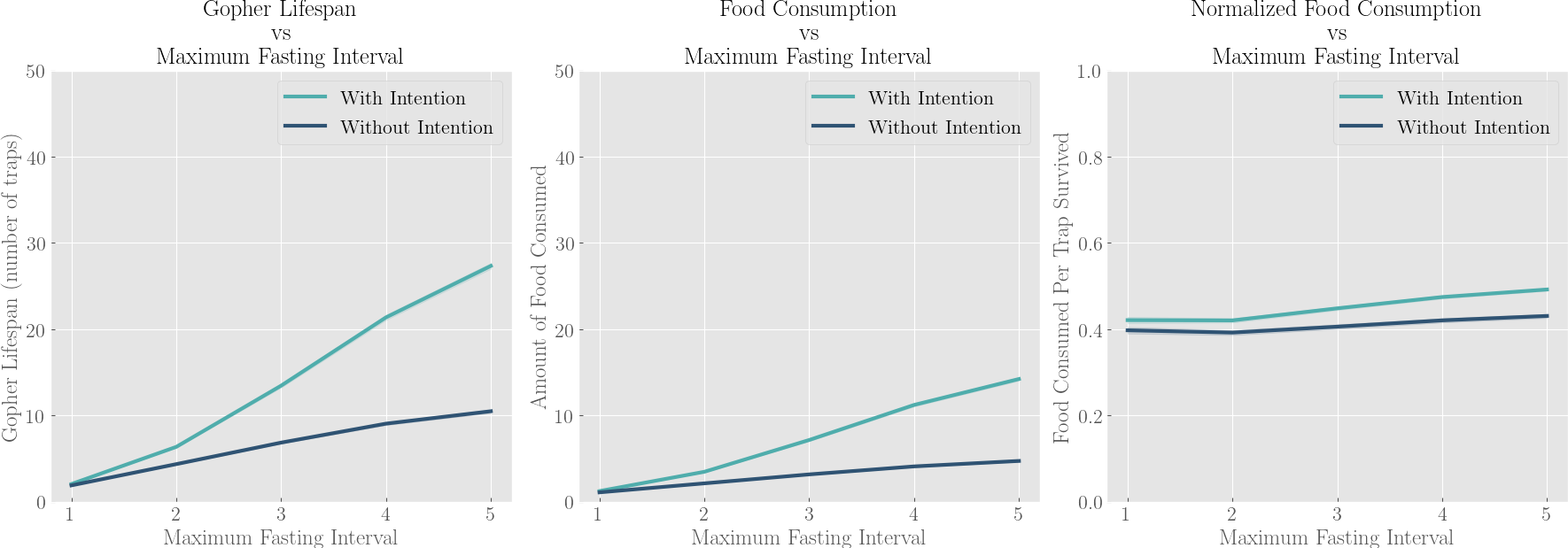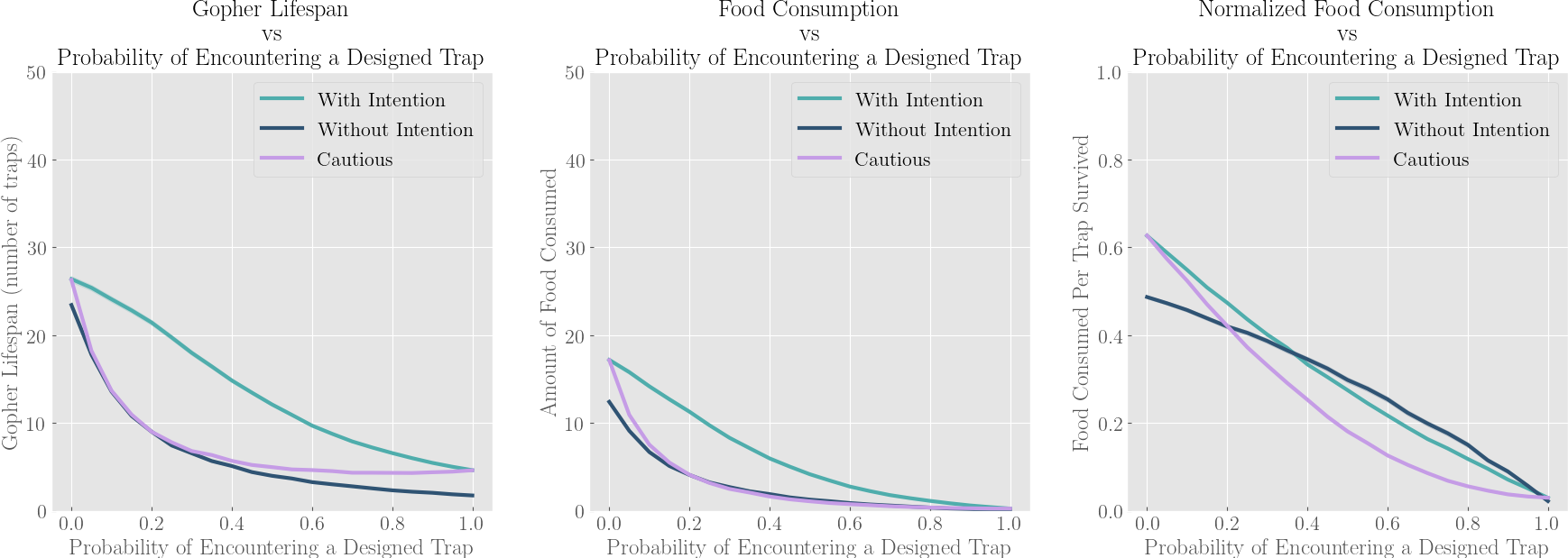
The Gopher's Gambit
2021

Overview
Imagine a wealthy individual has announced they have hidden a large sum of money in an abandoned mine. You feel particularly adventurous and visit the mine in search of treasure. Approaching one of the mine's many entrances, your excitement plummets as you notice the hazardous conditions. You slowly realize this may not be accidental; perhaps the owner of the mine intended to make the situation hopelessly dangerous. Weighing your safety against the possibility of reward, you decide the perilous quest is not worth the risk.
Red flags often warn us of danger. They are observable signals which humans and animals instinctively use to determine what actions to take after sensing potential danger. More generally, risk assessment identifies possible events, along with their likelihood of occurring, that may negatively impact the individual. Risk assessment is a fundamental tool for survival, not only in nature but also in other dangerous situations and environments, such as volatile confrontations and unstable locations. The perception of agent intention, which we call intention perception, represents a particular kind of risk assessment, judging whether other external agents intend to harm or simply ignore the perceiving agent. While intention perception is often physical and direct, such as using eye tracking to estimate attention, intentions can also be communicated through artifacts, such as words and engineered works.
This present work considers intention perception through evaluation of indirect physical artifacts, namely, through the assessment of potentially intended traps. We ask the question, "Are there cases for which intention perception provides survival advantages for simulated agents?" Given that traps intentionally constructed by agents are far more likely to be lethal than unintended traps, being able to differentiate intentionally-constructed traps from randomly assembled configurations should correlate with higher survival rates. We thus test if an agent's ability to perceive intention indirectly, through the study of an artifact, provides measurable survival advantages.
Simulation Details
The traps are designed as grids that hold an assortment of components needed to make the trap functional. The components consist of a door, connecting wires, and a laser gun that we call an "arrow." If everything is properly connected, with matching orientations and wire thicknesses, the door will send a "pulse" through the wires to the arrow, which should then fire a laser and "zap" the gopher. Because of these requirements, a randomly generated trap layout with pieces haphazardly strewn around is unlikely to pose a threat. Traps that are designed to harm the gopher are much more likely to be "coherent," meaning that each wire or arrow cell should be properly connected to another.
In this project we compare gophers of three types:
- Baseline: These gophers enter traps with probability relating to their level of hunger and a default probability of entering a trap.
- Intention: These gophers use an algorithm to analyze the coherence of a trap. If it is statistically surprising to stumble upon such a coherent randomly-generated trap, the gopher will reject the hypothesis that the trap was randomly generated, and conclude it was intended for the gopher. They will always enter a trap deemed random and will always avoid a trap deemed intentional unless passing the trap would cause the gopher to starve.
- Cautious: To rule out the possibility that survival advantages of intention perception are due simply to an increase in caution, we create this "cautious" gopher which uses the same logic as the intention perception gopher except with an intention algorithm uncorrelated with the actual design of the traps. Instead of basing its conclusion on the trap in front of it, the cautious gopher randomly determines traps to be real with the observed frequency that intention perception gophers do. Thus, they are exactly as cautious as intention perception gophers, but do not benefit from intention perception itself.
We compare these gophers over different scenarios by varying parameters such as the default probability of entering a trap, the strength of the arrows, the probability of encountering a designed trap, and maximum fasting interval—the number of traps a gopher can pass without eating.
The code for this project can be found here.
Baseline Gopher
Gopher with Intention Perception
Results
Intention-Aware Gophers Survives Longer and Eats More Food in All Tested Scenarios




We see that under all tested scenarios, the gophers with intention perception survive longer and eat more food than the baseline and cautious gophers. We also notice in the maximum fasting interval graphs that the benefit of intention perception increases as the requirement for eating is relaxed. The only places in which gophers with intention perception are outperformed are in two of the normalized food consumption graphs, where the total number of food is divided by the number of traps visited. In those cases, the other prey enter traps much more frequently, earning more food, and likely die sooner as well, maintaining their high ratio.
Intention-Aware Gophers Starve More Frequently Than Other Gophers

Here we see that a greater proportion of gophers with intention perception are alive at each time step than for the baseline gophers. We also note that a much larger proportion of them die from starvation, while the baseline gophers die more from being zapped.
We conclude that gophers with intention perception have significantly longer lifespans than baseline gophers, and thus that intention perception does indeed confer a survival advantage. Although these gophers starve more, this is made up by the improved ability to avoid intentional traps. We further saw that the cautious gophers did not replicate the same advantages of the intention-aware gophers, which indicates that the survival advantages are not due to our more cautious, designed behavior.
Additional Resources
Authors
Acknowledgements
Special thanks to Jerry Liang, Aditya Khant, Kyle Rong, and Tim Buchheim for assistance in experimental set-up. This research was supported in part by the National Science Foundation under Grant No. 1950885. Any opinions, findings or conclusions expressed are the authors' alone, and do not necessarily reflect the views of the National Science Foundation.
Further Reading
- Hom C, Maina-Kilaas A, Ginta K, Lay C, Montañez G, "The Gopher's Gambit: Survival Advantages of Artifact-Based Intention Perception." 13th International Conference on Agents and Artificial Intelligence (ICAART 2021), Online, Feb 4–6, 2021.
- Maina-Kilaas A, Hom C, Ginta K, Montañez G, "The Predator's Purpose: Intention Perception in Simulated Agent Environments." 2021 IEEE Congress on Evolutionary Computation (CEC 2021), Online, June 28–July 1, 2021.




